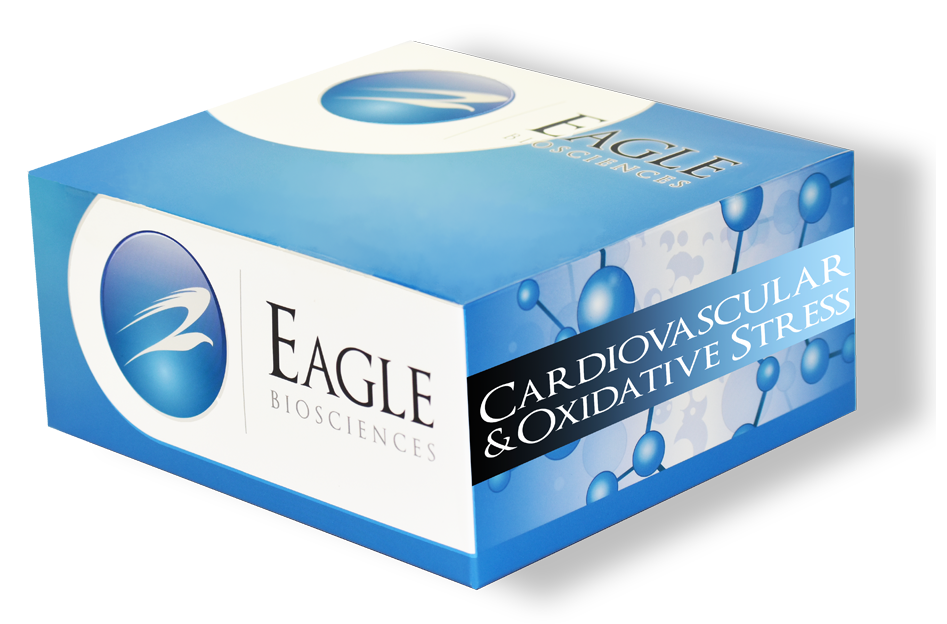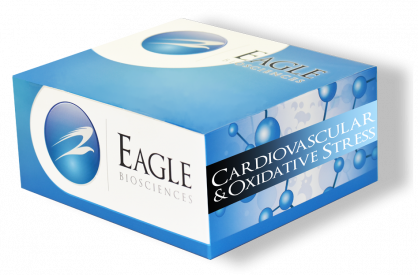Plasminogen Activator Inhibitor-1 (PAI-1) ELISA Assay Kit
The Plasminogen Activator Inhibitor-1 (PAI-1) ELISA Assay Kit is For Research Use Only
yes
Size: 1×96 wells
Sensitivity: 0.031ng/mL
Standard Range: 0.031g/mL-2ng/mL
Incubation Time: 2 hours 35 minutes
Sample Type: Serum and plasma
Sample Size: 100 µl
Alternative Names: Plasminogen activator inhibitor-1, PAI-1
Assay Principle
The Plasminogen Activator Inhibitor-1 (PAI-1) assay is a quantitative sandwich ELISA. The immunoplate is pre-coated with a mouse monoclonal antibody specific for human PAI-1. Standards and samples are pipetted into the wells and any human PAI-1 present is bound by the immobilized antibody. After washing away any unbound substances, a biotin labelled polyclonal antibody specific for human PAI-1 is added to the wells. After wash step to remove any unbound reagents, streptavidin-HRP conjugate (STP-HRP) is added. After the last wash step, an HRP substrate solution is added and colour develops in proportion to the amount of human PAI-1 bound initially. The assay is stopped and the optical density of the wells determined using a microplate reader. Since the increases in absorbance are directly proportional to the amount of captured human PAI-1, the unknown sample concentration can be interpolated from a reference curve included in each assay.
Related Products
Angiopoietin-2 ELISA Assay Kit
Endostatin ELISA Kit
Sclerostin ELISA Kit



